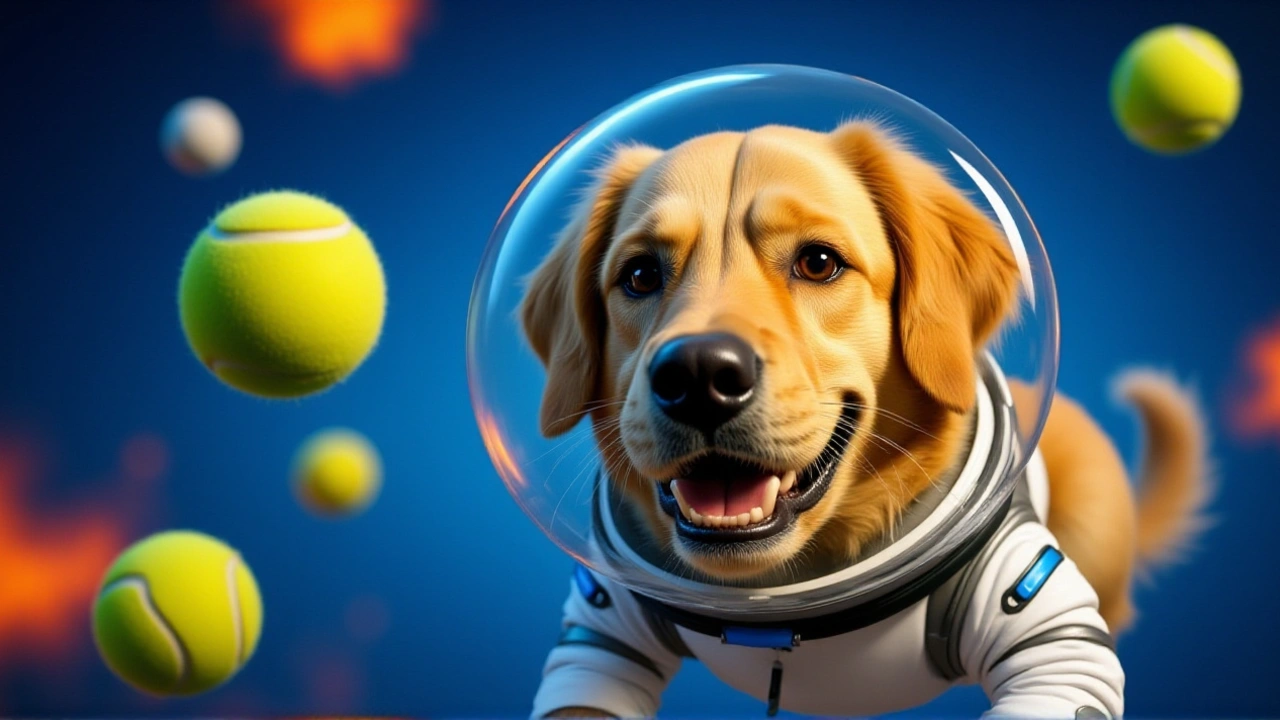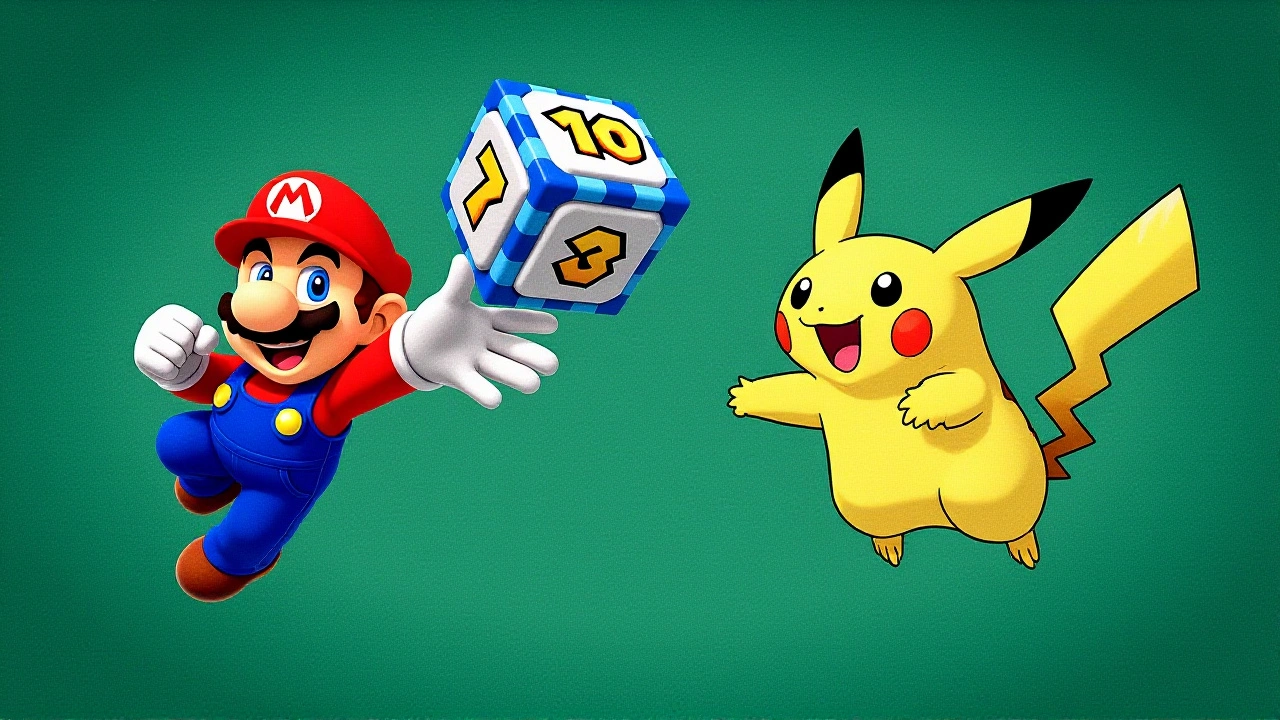When Sam Altman, CEO of OpenAI posted on X that the company’s new AI video service was live, the tech world sat up straight.
On Sora launchSan Francisco, the San Francisco‑based lab rolled out a mobile app and web portal that lets paying ChatGPT users spin up 20‑second videos from a single text prompt. Sora‑generated clips can be as short as a blink or as detailed as a dinosaur parade, depending on the prompt and the plan you’re paying for.
What is Sora and How It Works
Sora lives on the same transformer backbone that powers ChatGPT, but the model has been fine‑tuned for moving pictures. Users type a description – “a surfer navigating neon waves at night” – and the system assembles a storyboard, predicts each frame, and stitches them together in under a minute. The tool supports two subscription tiers:
- ChatGPT Plus ($20/month) – up to 50 videos per month at 480p, watermarked.
- ChatGPT Pro ($200/month) – up to 500 videos per month at 1080p, no watermark.
Early adopters praised the crisp camera moves and realistic lighting, yet noted occasional hiccups – a ball that vanishes mid‑air or a character’s hand that flickers. Those glitches, Altman admitted, are “growing pains in a brand‑new medium.”
Market Context and Competitors
The AI video market exploded in 2024. PitchBook reports more than $1.2 billion in venture funding for video‑centric startups alone. Runway ML closed a $100 million Series C round in June, while Pika Labs raised $55 million earlier this year. Google’s Veo is also jockeying for market share.
OpenAI’s advantage lies in its existing ecosystem: more than 200 million ChatGPT users now have a one‑click path to video creation. That distribution muscle could dwarf the reach of its younger rivals, especially if the tool proves sticky for creators and marketers alike.
Copyright Concerns and Legal Landscape
The moment Sora became usable, copyright watchdogs started ringing the alarm. The platform lets users upload reference images and then generate videos that mimic the style or composition of those pictures. Critics argue that if someone drops a copyrighted photograph into the prompt, the resulting video could be an infringement.
OpenAI’s terms of service demand that users own any uploaded content, but as legal analyst Aisha Patel (a partner at the IP firm Henderson & Moore) notes, “Enforcement is the weak link. Without robust detection, the clause is more of a legal safety net than a practical barrier.”
That warning lands amid a wave of lawsuits. The Associated Press and Getty Images have sued several AI firms for using their archives without permission. Individual artists are filing similar claims, arguing that their distinctive brushstrokes appear in AI‑generated media.
OpenAI’s own history hasn’t helped. In 2023 the company was accused of scraping millions of hours of YouTube video to train its Whisper transcription model, a practice that contravenes Google’s terms of service. Those allegations have yet to be resolved, but they underline the regulatory heat surrounding data‑driven AI.

Regulatory Hurdles and Regional Availability
Another flashpoint: Sora is currently unavailable in the European Union and the United Kingdom. OpenAI cites “regulatory compliance requirements” and promises a rollout in 2025 once it can meet the EU’s AI Act provisions. The EU’s draft rules would demand explicit licensing for any copyrighted material used in training or generation.
For now, users outside those regions can still access the service via a VPN, but that work‑around is risky. “If you’re a European creator, you could inadvertently breach local law by using the tool,” warns Marco DeLuca, a tech‑policy consultant based in Berlin.
OpenAI leans heavily on its partnership with Microsoft Corporation, which supplies the Azure super‑computing resources needed for video rendering. Microsoft’s own investment — roughly $13 billion across multiple rounds — gives OpenAI the horsepower to scale Sora worldwide, but the regulatory road ahead may slow that ambition.
Future Outlook and Industry Impact
What does Sora mean for the broader media ecosystem? For marketers, the ability to generate a short brand video on the fly could slash production budgets dramatically. For filmmakers, the tool might become a storyboard assistant, visualizing concepts before cameras roll.
Nevertheless, the technology is still finding its footing. The physics glitches some early users reported hint at deeper challenges in aligning temporal consistency across frames. Researchers at MIT’s CSAIL are already publishing papers on “frame‑to‑frame coherence” as a next‑generation hurdle.
In the next 12 months, expect three things: (1) tighter moderation tools as OpenAI adds more human reviewers; (2) a wave of licensing deals with stock‑image providers eager to monetize their assets in the video‑AI world; and (3) a possible court‑ordered injunction if a high‑profile artist proves that a Sora‑generated clip copies a protected style.
Either way, the launch marks the first major product debut from OpenAI since ChatGPT’s 2022 release, and it could reshape how creators think about moving imagery. Whether the buzz turns into lasting adoption will hinge on how quickly the company can soothe copyright worries while delivering reliable, high‑quality video.
Frequently Asked Questions
How might Sora affect freelance video editors?
Freelancers could see a shift toward higher‑level creative work – like scriptwriting and concept design – while routine cuts become automated. Some may lose low‑budget gigs, but those who learn to prompt Sora effectively could offer rapid‑turnaround services that combine AI‑generated footage with custom graphics.
What legal risks do creators face when uploading reference images?
If the uploaded picture is copyrighted and the resulting video mirrors its distinctive elements, the creator could be liable for infringement. OpenAI’s terms shift responsibility to the user, but without automated checks, it’s easy to inadvertently breach copyright.
Why is Sora not available in the EU and UK yet?
OpenAI says it must meet the EU’s forthcoming AI Act and the UK’s separate AI safety framework. Those regulations require transparent training data provenance and stronger user rights, which the company is still aligning with before a full launch.
How does Sora compare to competitors like Runway ML?
Runway focuses on professional editors and offers longer clips and deeper integration with Adobe tools. Sora’s edge is its instant access for ChatGPT subscribers and its lower price point for short‑form content, though Runway still leads on resolution and advanced effects.
What’s next for OpenAI after Sora?
Analysts expect OpenAI to expand Sora’s capabilities to longer videos and real‑time editing, possibly bundling it with its upcoming multimodal assistant. A broader enterprise rollout is slated for 2025, once regulatory approvals are secured.


Allen Rodi
October 7, 2025 AT 04:50Looks like OpenAI is finally pushing the video frontier with Sora, and that could be a game‑changer for a lot of creators. The integration with ChatGPT means you don’t have to learn a whole new platform; just type a prompt and watch the magic happen. For freelancers, this could free up time spent on rough cuts and let you focus on polishing the final product. The tiered pricing also seems reasonable – $20 a month for short clips is a low entry point, while the pro tier gives you higher resolution for serious work. I’m curious to see how the watermark removal will affect the perception of AI‑generated content in professional pipelines. Overall, it’s an exciting addition that could democratize video creation.
Jody Webster
October 18, 2025 AT 18:37Wow!! Sora sounds great...but also kinda scary??!! Like, are we all just going to become lazy directors??? I mean, who needs skill when a bot can "create" a dinosaur parade on command???
Steve Goodger
October 30, 2025 AT 08:24Friends, let me take a moment to unpack the broader implications of this launch. First, the accessibility of high‑quality video generation could level the playing field for creators in regions with limited production budgets. Second, the integration of Sora into the existing ChatGPT ecosystem streamlines the workflow, reducing the friction traditionally associated with switching between text and visual tools. Third, this could accelerate the adoption of AI‑assisted storyboarding, allowing directors to visualize concepts before committing to expensive shoots. Fourth, the subscription model creates a steady revenue stream for OpenAI while offering scalable options for hobbyists and professionals alike. Fifth, the reported glitches-like disappearing objects-highlight current technical limitations, reminding us that the technology is still in its infancy. Sixth, the potential for copyright infringement remains a legal gray area that could invite litigation, especially as the tool allows users to upload reference images. Seventh, the EU’s regulatory hurdles underscore the growing importance of compliance in AI deployment. Eighth, the partnership with Microsoft’s Azure gives OpenAI the compute horsepower necessary for large‑scale video rendering. Ninth, the competitive landscape, featuring Runway ML and Pika Labs, suggests a rapid arms race that will likely drive innovation forward. Tenth, early adopters’ feedback will be crucial in refining the model’s frame‑to‑frame coherence. Eleventh, the educational sector could leverage Sora for creating engaging instructional content without needing a film crew. Twelfth, marketers may cut down production costs significantly, reallocating budget to distribution. Thirteenth, the cultural impact-how audiences perceive AI‑generated visuals versus human‑crafted cinema-will be fascinating to observe. Fourteenth, the need for robust moderation tools becomes evident to prevent misuse. Finally, we should keep an eye on licensing deals with stock‑image providers, which could set new standards for monetizing AI‑generated media. All in all, Sora represents a pivotal step toward a more inclusive and efficient creative ecosystem.
johnson ndiritu
November 10, 2025 AT 22:10Another day, another AI tool that pretends to empower creators while secretly harvesting our content. 🙄 If you think the watermark is a safety net, think again – it’s just a band‑aid for a much larger problem. The legal loopholes will be exploited until the courts step in, and by then the damage will be done. 😒